E-Business: Scaling, Digital Commerce and Key Performance Indicators (KPI) for the Self-Employed
Scaling, Digital Trade and Key Figures – E-Business, the winged magic word for our generation! Just 20 years ago, we would all have had to flick through the phone book, call people, hand out business cards. Today, anyone can start their own business from the sofa. Thanks to open source solutions such as WordPress or Woocommerce even complete online shops can be built free of charge if you invest time yourself. Much better, even transactions are now possible in real time, without special expertise, e.g. from providers such as PayPal. Transactions from Los Angeles to Berlin? In five seconds everything is booked. In addition, there are of course many smart solutions for e-business, which make everyday life easier, but also save personnel for certain tasks, in order to use them more sensibly elsewhere. There is software for accounting and taxes, software for sales, software for customer management and, of course, personnel management. Many processes are booked here completely automatically and no longer have to be processed manually. Keywords: automation and scaling.
Digital trade: Which methods do you use for your idea?
Before you start your startup, you need to think a lot about your technical options. This is also a warning if you get involved with the wrong system and pay monthly for it, you will quickly become dependent. For example, there are various online shop providers for whom you have to pay triple-digit amounts every month. They promise you advantages in return. Advantages that you can all realize yourself with Open Source solutions – you just have to look for them. But yes, the service saves a lot of time, e.g. if you have absolutely no technical knowledge of digital solutions. If, however, you choose the wrong product and only notice this after three months or half a year, everything is already installed on this system. The change is then not so problem-free possible and the change is connected with further costs. Suddenly you pay for the development of two online shops. Furthermore, with this restructuring, you would lose rankings with regard to the placement in the search engine, as the page structure changes due to the new system and with it the individual URLs. Wrong decisions and their consequences.
Scaling in online marketing
“Scale” means staircase and derived from it, scale stands for expand. In business administration and at start-ups, scaling is the topic par excellence. Those who have achieved their proof-of-concept (profitable business model) must, in the next step, manage to generate more profits with less investment. The lower the cost of new revenue, the better. Certain processes can be automated so that some tasks no longer require personnel, but only software and licenses.
Learn to scale with Affiliate / Advertisements
Many young entrepreneurs in the online marketing sector often and gladly start their first scaling in the affiliate marketing sector. Every time a user buys a product by referring to an affiliate link, the blog owner earns between 5% and 20% (usually 10%) of the sales.
The basis is often a small blog with articles, or a landing page (single HTML page with sales-optimized design). On this blog there is then e.g. test report, to topics like E-cigarettes, the classical coffee machine or also still more particularly the ?coffee machines Pad test? Exactly the same it goes naturally also for bicycles, special E-Bikes or still special lamp E-Bike comparison .
Affiliate Marketing Advantages
The affiliate links are then stored in the individual blog articles. This is how affiliate marketing works – scaling on a small scale.
- Little effort
- Low risk
- Simple growth
- Relatively high yield
The scaling is fast, all the affiliate marketer needs are SEO texts and / or social / search engine ads (social networks and search engine).
The aim of the young entrepreneur is to buy targeted reach through placement in search engines and / or through advertisements in social networks, so that sufficient sales are generated. The advertisements initially start with small budgets and, if they perform well, are turned up and run through for months. Each side and/or also advertisement those sufficiently sales generates, becomes then a lasting project for the entrepreneur that constantly more profits gains, without considerable expenditure.
With a small budget they now test different advertisements for effectiveness and compare the campaigns with each other. The investment is not too high, because each campaign is tested with maybe only 20 or 30 € per day.
How does Affiliate / Advertisements Scale?
After the first 20, 30 or 50 articles in the blog, the articles are equipped with advertisements (Facebook). Every single article gets an ad campaign. Within this advertising campaign (folder) there are then the different advertisements (according to photos, videos, target groups, place of residence etc.), which are tested against each other.
So it could be a photo of a person riding an e-bike. A second graphic shows the e-bike in detail. A third graphic shows the e-bike in the garage, without a person. Which of these three graphics will bring the most clicks and the most sales? With all 50 articles 150 different advertisements would develop so. After a short running time of 2, 3 days the results can be evaluated. Individual advertisements that convert badly, i.e. provide for few clicks and sales, are switched off early. After monitoring, it is decided which campaigns are shut down and which are continued.
Of 150 ads, maybe 20 or 30 will survive. These are profitable! Each individual page or ad costs €50 per day (Facebook Ads cost) and brings affiliate revenue of €70 per day – €20 profit. Thus with only 20, 30 advertisements a daily profit of 400 to 600 € results, monthly without fluctuations a yield of 15.000 €. Thus from a small Blog or a Landing Page to the topic product comparisons and tests became a genuine Proof OF Concept with over 100.000 ? annual profit, with only one person.
The functioning business model will then be further optimized, budgets have been reallocated and thus further and further expansion will take place. For a single person, good work since the risk investments for expansion are low. At the same time, the business model is easily expandable, more reach does not mean more effort (personnel, space, insurance, purchasing, advance payment, etc.).
Key indicators for measuring success
ROI (Return of Investment) for investors and valuation
The Return of Investment is, besides “scaling”, one of the central factors in business administration and therefore naturally also for you and your considerations on the profitability of projects. The ROI indicates how economical a product, a single campaign or an operational area is in relation to the investment made. It does not indicate time, but a relation (investment to turnover). On the basis of this ratio you can compare and evaluate different products, campaigns or business areas and make decisions.
- Analysis and comparison of individual divisions and investment properties
- Determining and evaluating the performance of an investment for a past period
- Planning and controlling future investments
By deciding to focus on the most profitable areas, you will make the most profit.
To make sure you understand the ROI absolutely, here are two examples of the question:
- How does the ROI in your company look like?
- How does the ROI for investors look like?
Whether influencer campaign on YouTube or re-targeting for your own online shop – also for classic TV advertising. In all cases, certain funds are invested in order to achieve a certain goal. The question now is, which campaign promises more profitability? Which campaign brings more profit, per invested Euro??
Even in advance, in concept and strategy, costs play an extremely important role. Ultimately, the campaigns are limited to a certain period of time. Sometimes through a fixed budget, sometimes through seasonal characteristics (fashion), sometimes through the half-life of the product, e.g. with trend products or video games, whose platform is constantly technically accessible.
Now (in our ROI example) in Social Media Marketing we have different possibilities on our desk. Community management, ads on Facebook, ads on Instagram, ads on YouTube, organic reach, we all video clips, the whole range of possibilities is open to you. In order to make a comparison and an evaluation, the key figures of the individual areas are consulted.
Calculation and formula
You have a media budget of 50.000 €. With this budget you ideally want to realize as much as possible. As much reach as possible, as much sales and as much turnover as possible. If your expected turnover is then 70.000 € (the profit accordingly is 20.000 €), your Return of Invest is 0.40..
- Earnings/capital employed = ROI
- 20.000 Euro / 50.000 Euro = 0.4
The Return of Invest now means that you will earn 0.40 Euro for every Euro you invest. If dunun compares different campaigns with each other and compares their costs and expected profits, you can make statements about which social media campaigns you invest in and which you don’t.
ROI for comparison – investment decision
How does ROI work for investors? Let’s say an investor wants to invest 1 million in a new round and spread the capital over 2 start-ups. She or he looks at 10 different start-ups and their business plans. The big question: Which investment is worthwhile? The answer: comparison based on ROI. All Start Ups estimate your profit for the 1st – 3rd year. The investor will then know how high the profit will be over the first three years.
- Start Up A has a ROI of 0.18
- Start Up B has a ROI of -0.24
- Start Up C has a ROI of 0.13
- Start Up D has a ROI of 2.53
- Start Up E has a ROI of 0.45
- …
Start Up D with a ROI of 2.53 (if all concepts have the same quality) promises the greatest opportunities for the investor. Start Up E with a ROI of 0.45..
Cooperation partner for additional range
Cooperation partners are particularly helpful in public relations and marketing. The clever combination not only makes it possible to live out creative marketing ideas, such as events, but also to create completely new products, e.g. a specific chocolate and biscuit brand. Both sides profit from the mutual advertising effect. At the same time, cooperation partners usually don’t take away customers, but rather play to customers. In the ideal case, cooperations result in meaningful synergies.
Cooperation Principle: Win-Win
For cooperation to be successful, the goals must first be clarified. Why do people work together? How do you work together and in what format must each individual brand perform? What success is expected in the end? How do you achieve this success? Of course, there are many other questions as well, such as financing or personnel resources – after all, it should be a win-win business. In principle, however, cooperations are about profitable cooperation. The big advantage are the well-known synergy effects.
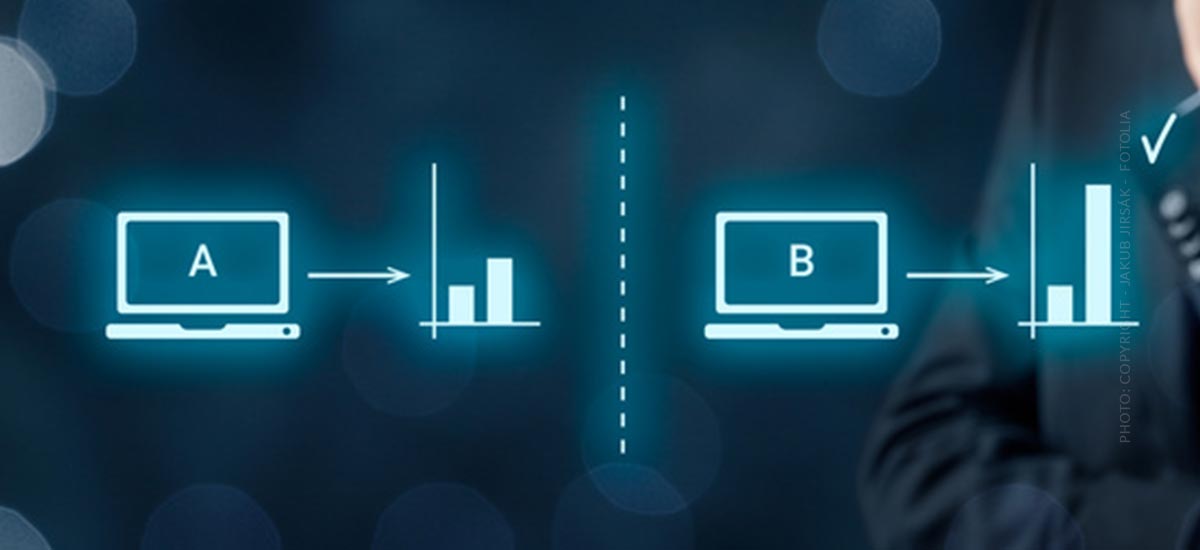
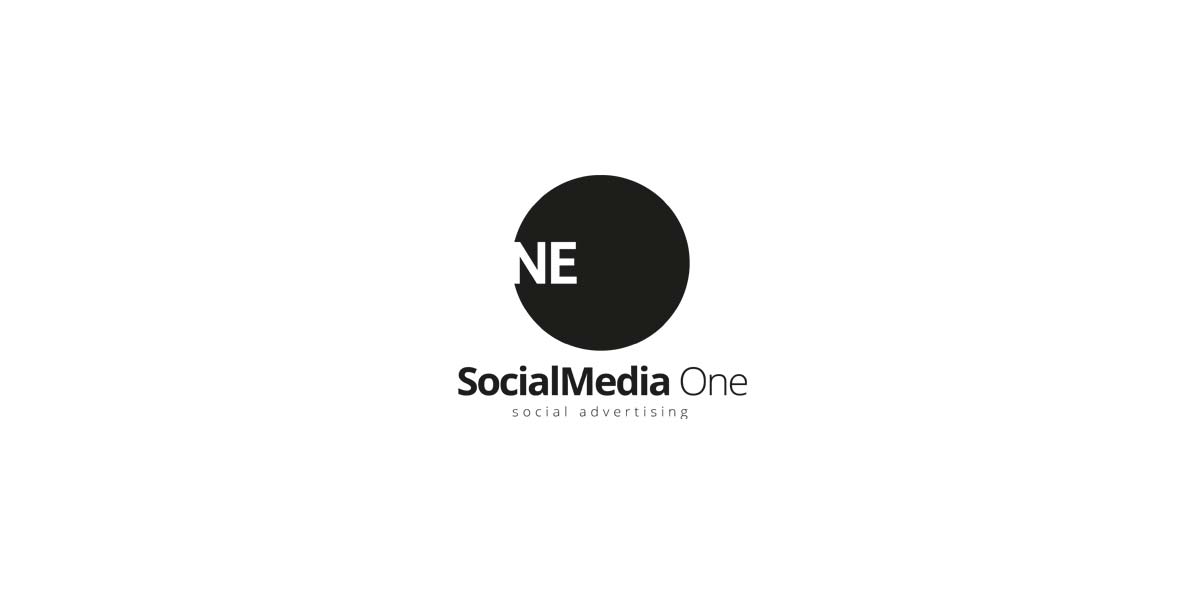




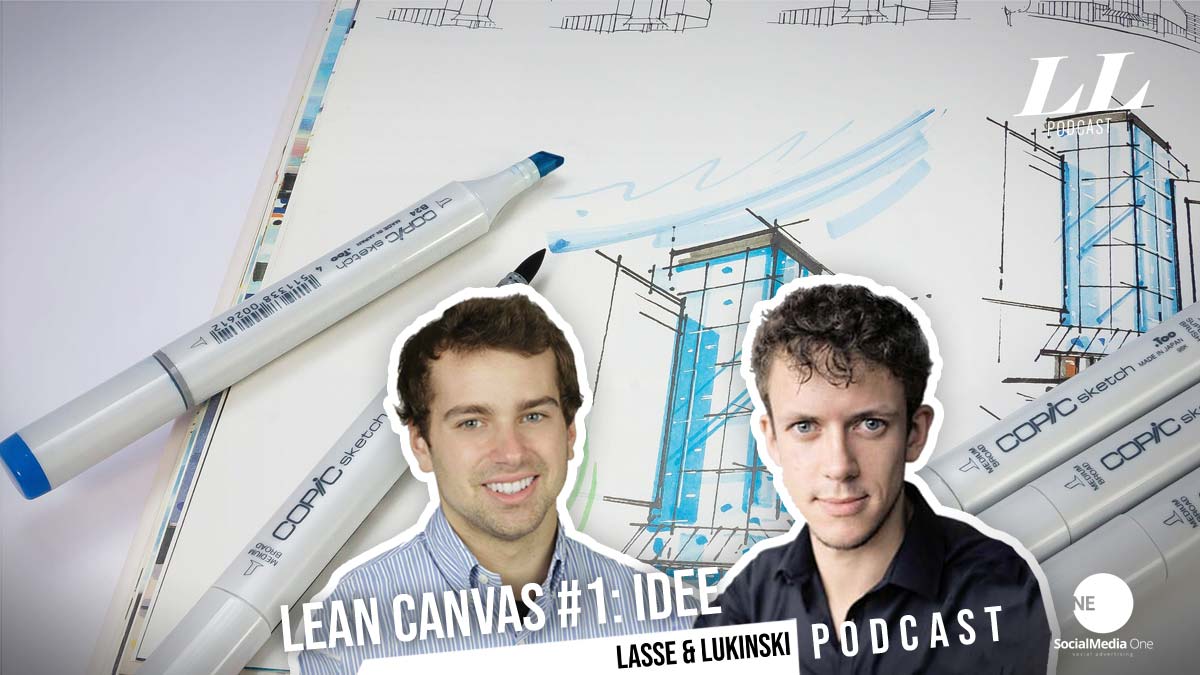

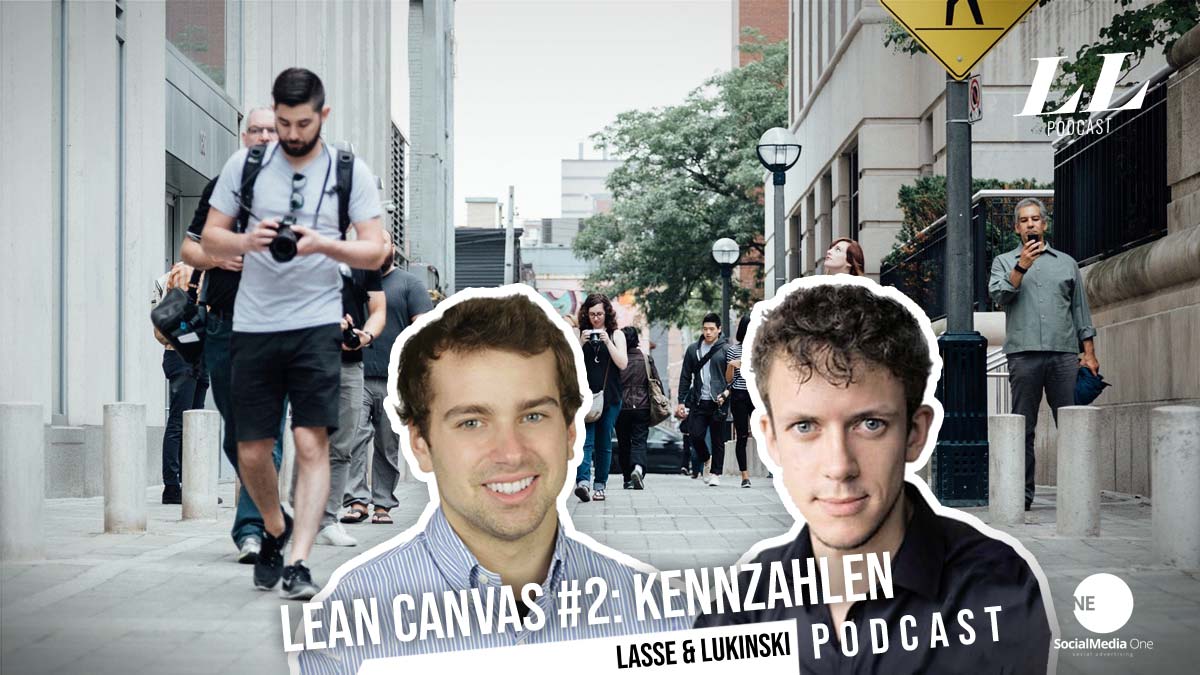
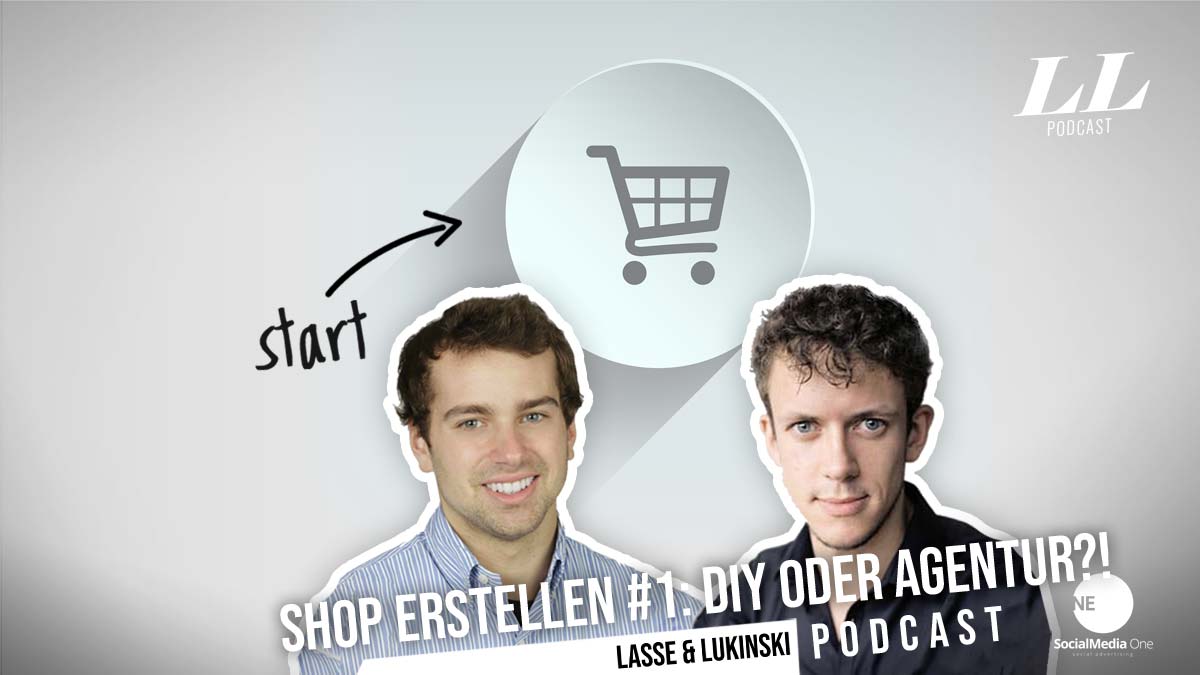

 4.9 / 5.0
4.9 / 5.0